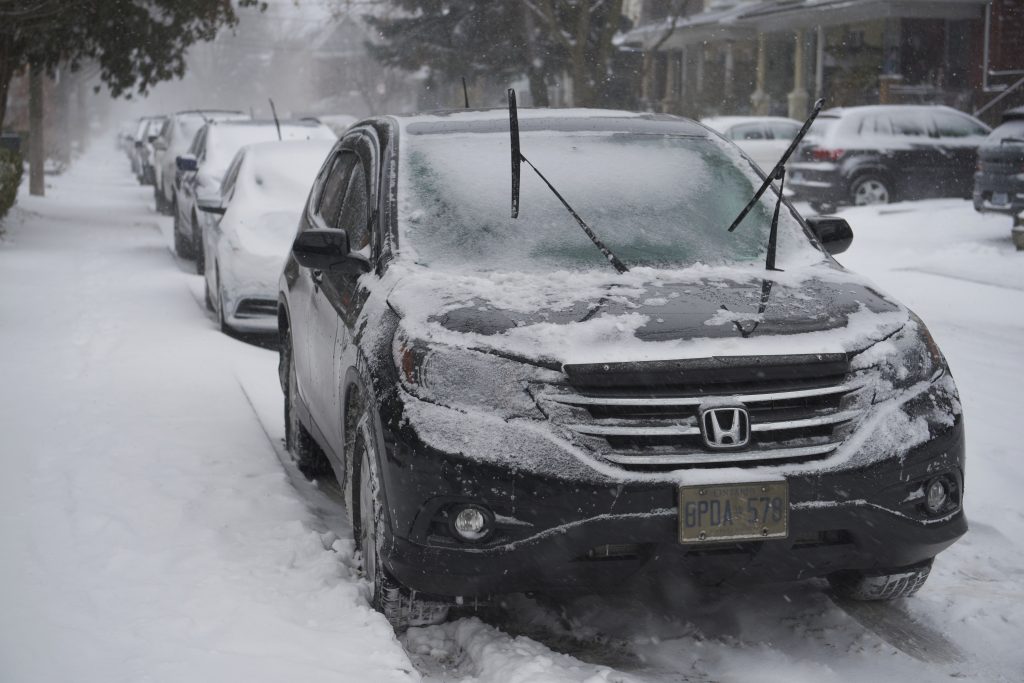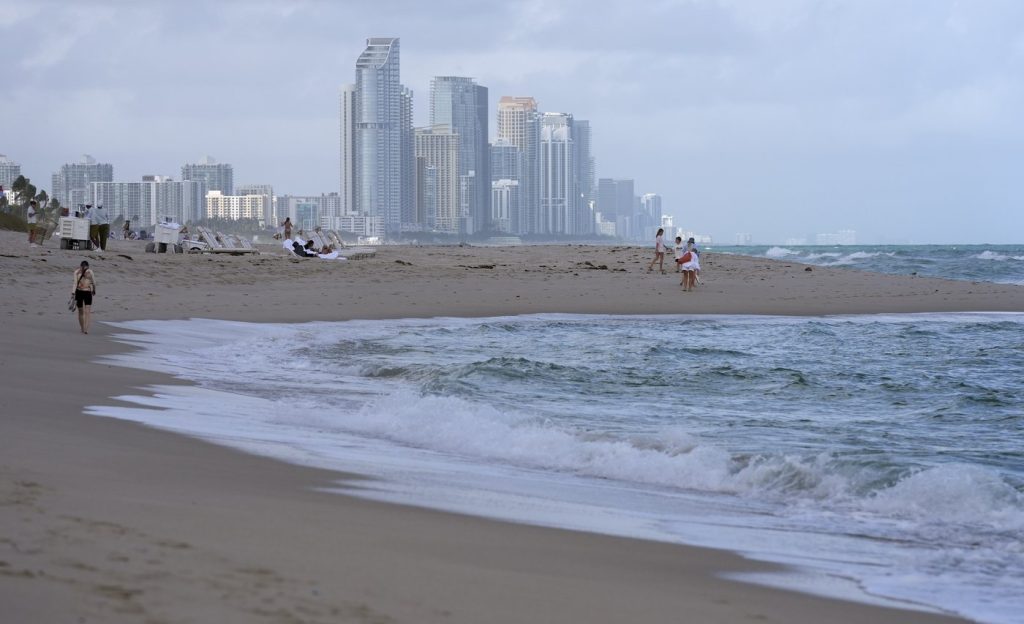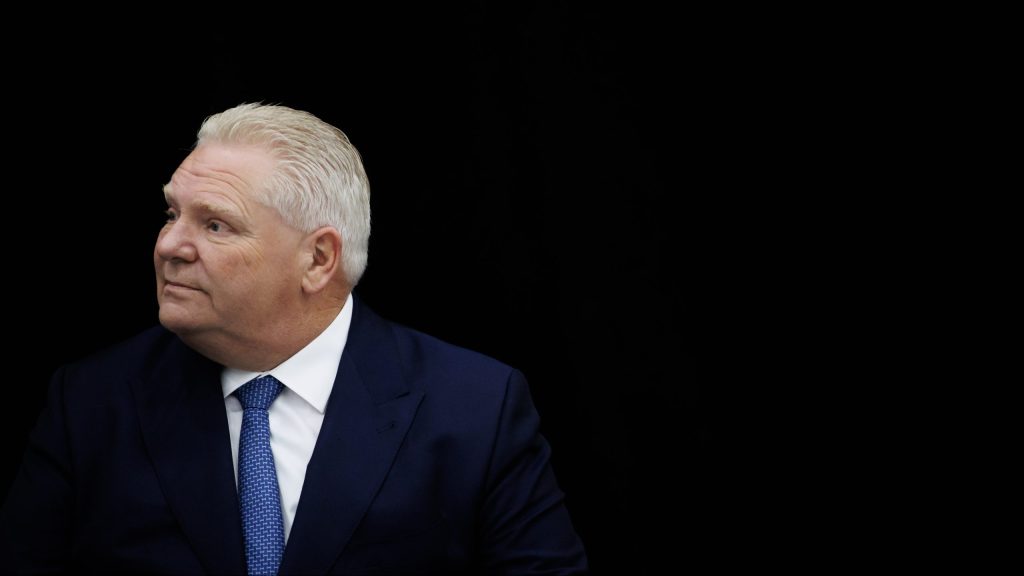Inclusive language paramount to overcoming LGBTQ+ discrimination: experts
Posted July 16, 2019 5:21 am.
Last Updated July 16, 2019 11:38 pm.
This article is more than 5 years old.
VANCOUVER (NEWS 1130) – On Jan. 31, 2018, Canada’s national anthem was forever changed in an attempt to be more gender inclusive. With the stroke of a pen, the lyrics “True patriot love in all of thy sons command” was changed to the gender-neutral “in all of us command.”
The two-word alteration marked an important milestone for members of Canada’s LGBTQ+ community, who said the change helped them feel included in their national anthem, regardless of how they identified or the historic definition of the old lyrics.
The change, however, did not come without struggle and controversy. Several previous bills to change the anthem, dating as far back as the 1980s, were all rejected and during the latest iteration, Conservative senators voiced outrage and boycotted a motion to close debate and push ahead with the final vote. There was resistance to changing the lyrics, which had been a staple for at least most of the 20th century, with opposition calling it an attack on Canadian identity and political correctness gone too far.
“To me it’s sad that people have equated a desire to be inclusive as somehow cowing to the pressure to be politically correct, which is not at all what it is,” said Lisa Salazar with the LGBTQ+ group PFLAG. “Inclusive language is language that shows respect and acknowledges the other person’s identity.”
Inclusive language includes removing words, phrases and expressions that needlessly differentiate between women and men, or exclude or belittle gender identity, expression or sex. It may include changing phrases such as ‘let’s go guys’ to ‘let’s go everyone’ or hostess to host.
Using inclusive or gender-neutral language in our everyday lives is important because it creates a safe space for people of all identities to communicate and feel accepted, according to Salazar.
“It says to the other person I respect you, you matter. I’m a human being you’re a human being. We may be different. But we’re not going to get anywhere if we’re attacking each other, and if we’re using language as a weapon then it just means we have no communication,” she said.
Debate and criticism of inclusive language appears to be heightened in the United States, according to Salazar, however she has seen it creep into Canada in recent years.
She points to opposition to the transgender community and B.C.’s new LGBTQ+ inclusive resource; Sexual Orientation and Gender Identity (SOGI 123). Several anti-SOGI demonstrations and counter demonstrations have been held across the Lower Mainland in recent months with opponents asking the province to leave discussions of sexual identify and orientation up to parents and stick to general anti-bullying strategies.
Related article: Gender-neutral Canadian anthem lyrics now official
The B.C. Human Rights tribunal ordered a man to pay $55,000 to prominent Vancouver transgender activist and former B.C. NDP candidate Morgane Oger for distributing flyers targeting her gender identity as a reason not to vote for her.
Meanwhile in Ontario, Premier Doug Ford has received backlash for his Progressive Conservative government’s repeal of an updated sex-ed curriculum that included topics of same-sex relationships and gender identity. In Alberta, the government is poised to pass legislation providing school boards with a guide for when it’s reasonable to disclose students’ participation in gay-straight alliances.
While the reasons people may not want to adapt to inclusive language are unique to each individual, Helene Frohard-Dourlent with UBC’s equity and inclusion office says part of the reason may be because it can be hard for someone to learn that the words they’re using are hurting others.
“I think a lot of people wrestle with ‘what does it mean I was doing this thing that was hurtful?’ Sometimes the reaction instead is to say ‘no, I didn’t mean to hurt you so I didn’t hurt you’ instead of hearing that hurt,” Frohard-Dourlent said.
Salazar, meanwhile, questions what opponents of inclusive language programs like SOGI 123 are afraid of.
“I wonder how big the push back really is or if they are just being given a platform because they’re loud and they’re obnoxious,” she said.
As a health care worker and inclusivity teacher with the Fraser Health Region and Vancouver Coastal Health, Salazar says she is particularly impressed by the willingness of health care professionals to make their spaces safe and inclusive for not only members of the LGBTQ+ community, but for different languages, cultures and religions.
Having transitioned in her late 50s, Salazar says she used to be hyper vigilant of homophobic language used by those around her, but the culture has improved.
“I think that as more information became available and more people were educated about what’s going on and what it was, there seemed to be at least less anxiety,” she said. “What I see happening today is people are intentionally being mean spirited and it’s almost like they’ve been given license by what’s going on in the United States.”
Related article: Senate approves gender neutral wording for Canada’s national anthem
Despite the recent debate over inclusive language, Frohard-Dourlent says overall the environment in Canada is becoming more welcoming to the LGBTQ+ community.
“We do know there are some folks who have been in the public eye over the last couple of years and made a bit of name for themselves around pushing back against this idea of inclusive language,” they said. “But I actually think, for the most part, those folks are in the minority, certainly in terms of the intensity with which they reject some of this inclusive language.”
The No Big Deal Campaign in Ontario is a resource for people to show support for transgender and non-binary people and their pronouns in everyday life without making it into a big deal.
Examples of inclusive language legislation have included allowing individuals to use the gender identifier X on their passports. B.C., Alberta, Saskatchewan, Ontario, and Newfoundland and Labrador offer their residents the option not to specify gender on their licences. P.E.I. allows people to select non-binary gender options of ‘gender not listed’ and ‘prefer not to say.’
Canada’s second official language, French, also poses challenges to inclusive language, according to Frohard-Dourlent, because of its inherent use of gendered nouns, adjectives and grammar.
“As with any kind of shift, it’s hard to have everyone to move at the same pace. There’s obviously a lot of unevenness in terms of how inclusive language is picked up or what types are picked up,” Frohard-Dourlent said, adding uneven access to education and resources may be causing the delay in a nation-wide adoption. “Most of the people I encounter and work with, are wanting to be more inclusive in their language. Sometimes the barrier is not knowing exactly how to do that.”
Frohard-Dourlent recommends listening to how an individual refers to themselves and reflect that language back to them, while not focusing on a person’s sex or gender as a means to identify them.
“Be aware that all of us are constantly learning about new concepts, identities and words,” they said. “Being open to that feedback and knowing that feedback may come.”
Salazar says adopting inclusive language is about recognizing the evolving nature of language. Words which were once commonplace may now be insulting, while old words take on new meanings to certain groups or individuals.
“If we really want to be inclusive, it requires that we do the homework, that we are curious, intentional, that we ask respectfully if we are having a conversation with someone who is LGBTQ+ that we don’t make assumptions. That we ask them ‘how can I address you? When I talk to you, am I saying anything that is offensive to you?'” she said. “Instead of giving you a list of words and terms you should use right now, the best advice I can you is the same I’ll give you two years from now is if you’re not sure, simply ask. If you want to be respectful, simply ask.”
This story is part of a national series on Fighting Hate. Click here for more.








